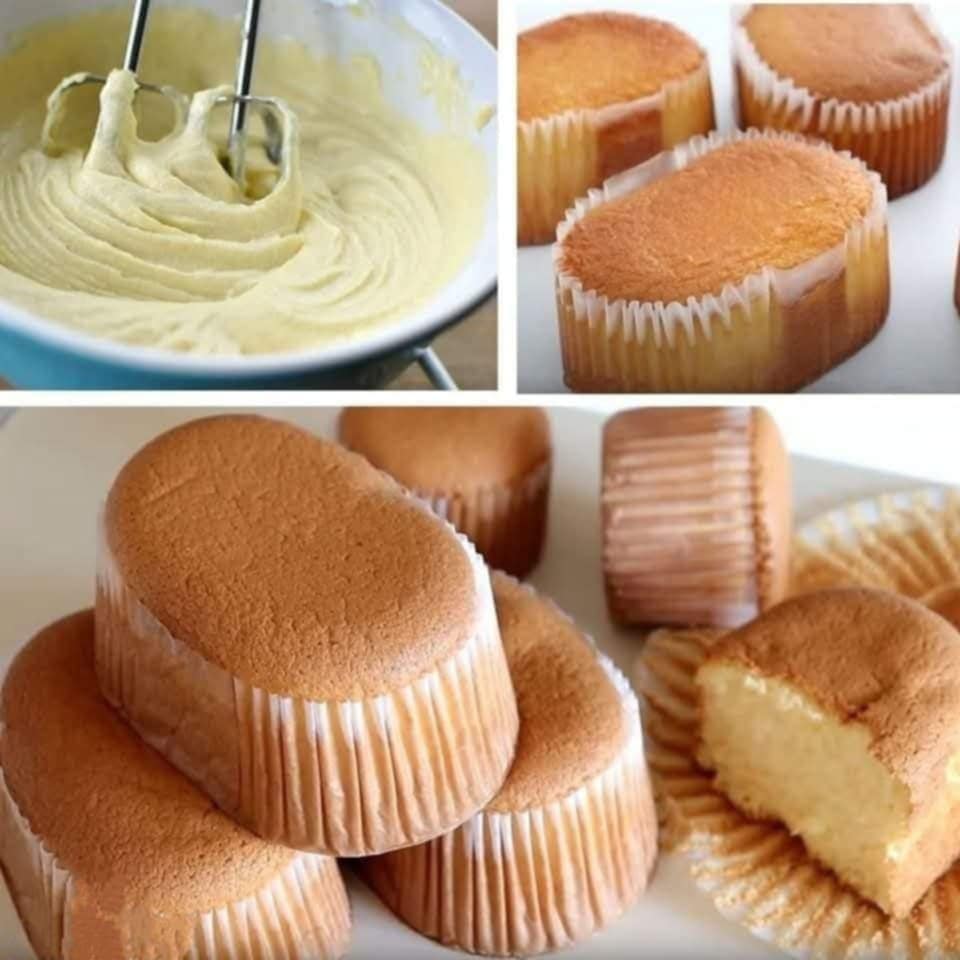ADVERTISEMENT
# Castella Sponge Cake: A Soft, Fluffy Delight
**Castella sponge cake**, known as **Kasutera** in Japan, is a classic dessert that has gained popularity worldwide for its soft, airy texture and delicate sweetness. Originating from Portugal, the Castella cake was introduced to Japan in the 16th century, and over the centuries, it has evolved into a beloved treat. The Japanese version, in particular, is famed for its moistness, lightness, and subtle flavor, making it a perfect accompaniment to tea or as a sweet snack for any occasion.
In this comprehensive guide, we will explore the history of Castella cake, its unique characteristics, the key ingredients and techniques that make it so special, and of course, a detailed recipe that you can easily recreate at home. Whether you’re a seasoned baker or a beginner, you’ll find that making Castella sponge cake is an enjoyable experience, and the end result is sure to impress anyone who tastes it.
—
## **The History of Castella Sponge Cake**
### **Portuguese Origins**
The roots of Castella cake date back to the 16th century, when Portuguese missionaries arrived in Japan. These missionaries brought with them various foods and recipes from Europe, and one of those recipes was for a sponge cake, which the Japanese adopted and adapted to their own tastes and culinary traditions. The Portuguese version of the cake, known as “Pão de Castela,” was named after the region of Castile in Spain, and it was typically made with flour, sugar, eggs, and honey.
When the recipe reached Japan, it underwent some changes to suit local ingredients and preferences. The Japanese version, which would eventually become Castella, was lighter, softer, and more delicate in texture than its Portuguese predecessor. The cake was also traditionally sweetened with sugar, which was more readily available in Japan at the time.
### **The Rise of Castella in Japan**
Castella quickly became a popular dessert in Japan, particularly in Nagasaki, which was one of the few ports open to foreign trade during the early years of Japan’s isolationist policy. As a result, Nagasaki became a melting pot of cultural influences, and Castella cake flourished in the region. Over time, the cake became associated with special occasions, and it was even given as a gift or served during celebrations.
The Japanese version of Castella cake is distinguishable by its golden-brown exterior, smooth texture, and mild sweetness. Unlike other types of sponge cakes that are leavened with baking powder or baking soda, Castella relies on the natural aeration of eggs to achieve its signature light and fluffy texture. This method of preparation is what makes Castella so unique and beloved by those who try it.
### **Modern-Day Castella Cake**
Today, Castella sponge cake is a staple in Japanese bakeries, and it has also gained a significant following internationally. While it is still made using the traditional methods, many variations of the recipe exist, allowing for different flavors and presentations. Some variations incorporate matcha (green tea powder), chocolate, or fruit flavors, while others experiment with the texture and appearance of the cake.
Despite these variations, the core characteristics of Castella cake remain unchanged: a moist, soft texture, a light crumb, and a subtle sweetness that is perfect for pairing with tea. Whether served as a slice at afternoon tea or enjoyed as a snack with a cup of coffee, Castella remains one of the most beloved and enduring desserts of Japanese cuisine.
—
## **Key Ingredients and Techniques for Castella Sponge Cake**
The beauty of Castella sponge cake lies in its simplicity. With just a few basic ingredients, you can create a cake that is both elegant and flavorful. However, despite its simplicity, achieving the perfect Castella requires attention to detail and an understanding of how the ingredients work together. Let’s take a closer look at the key components of this cake.
### **Key Ingredients**
1. **Eggs**: Eggs are the most important ingredient in Castella cake, providing both structure and volume. The eggs are whipped to create a meringue-like texture that helps the cake rise without the need for chemical leaveners such as baking powder or baking soda. It’s essential to use fresh eggs, as their quality will impact the final texture of the cake.
2. **Sugar**: Granulated sugar is used to sweeten the cake and to help stabilize the egg meringue. Sugar also contributes to the cake’s smooth texture and moist crumb. The amount of sugar in Castella is typically moderate, giving the cake a subtle sweetness that is not overpowering.
3. **Flour**: The flour used in Castella is usually cake flour, which is low in protein and helps create a soft, tender texture. Cake flour is preferred over all-purpose flour because it results in a finer crumb and a lighter, airier cake.
4. **Honey**: Traditional Castella recipes call for honey to be added to the batter. Honey provides moisture and a slight floral sweetness that complements the other ingredients. It also contributes to the cake’s rich, golden color. The addition of honey is one of the key elements that distinguishes Castella from other sponge cakes.
5. **Milk**: Milk is used to moisten the batter and contribute to the cake’s tenderness. Some recipes may use a combination of milk and water, but milk is preferred for its creamy texture and subtle richness.
6. **Vanilla Extract**: While Castella cake is traditionally very subtle in flavor, a touch of vanilla extract is often added to enhance the cake’s aroma and to add depth to its taste.
For Complete Cooking STEPS Please Head On Over To Next Page Or Open button (>) and don’t forget to SHARE with your Facebook friends
